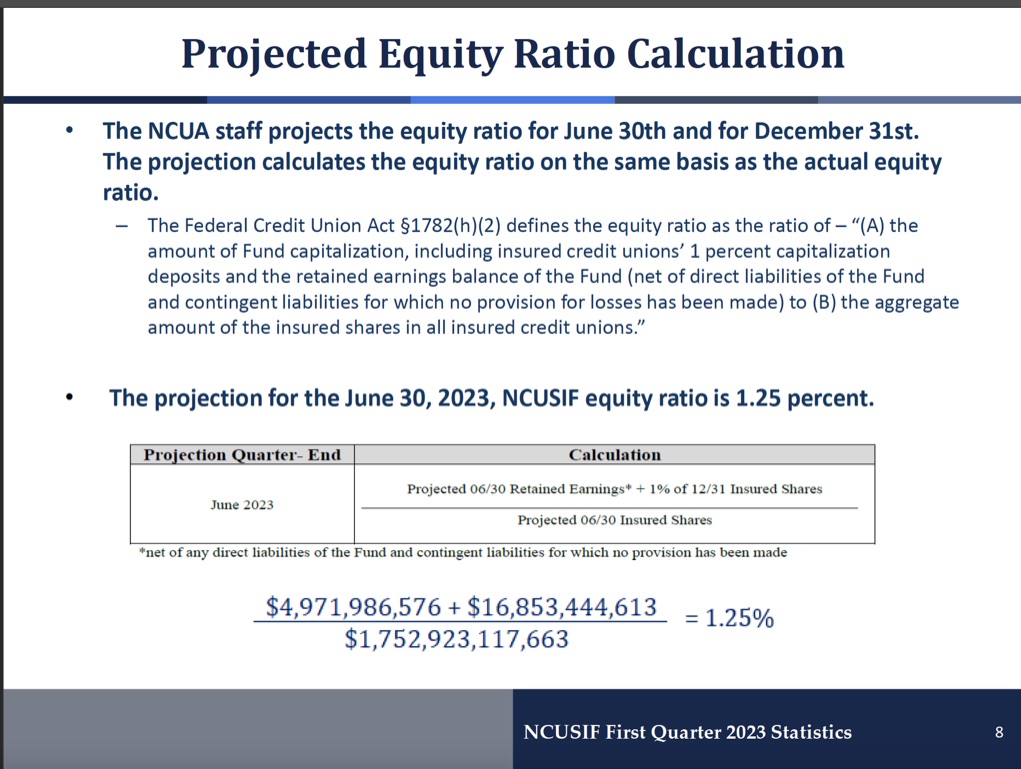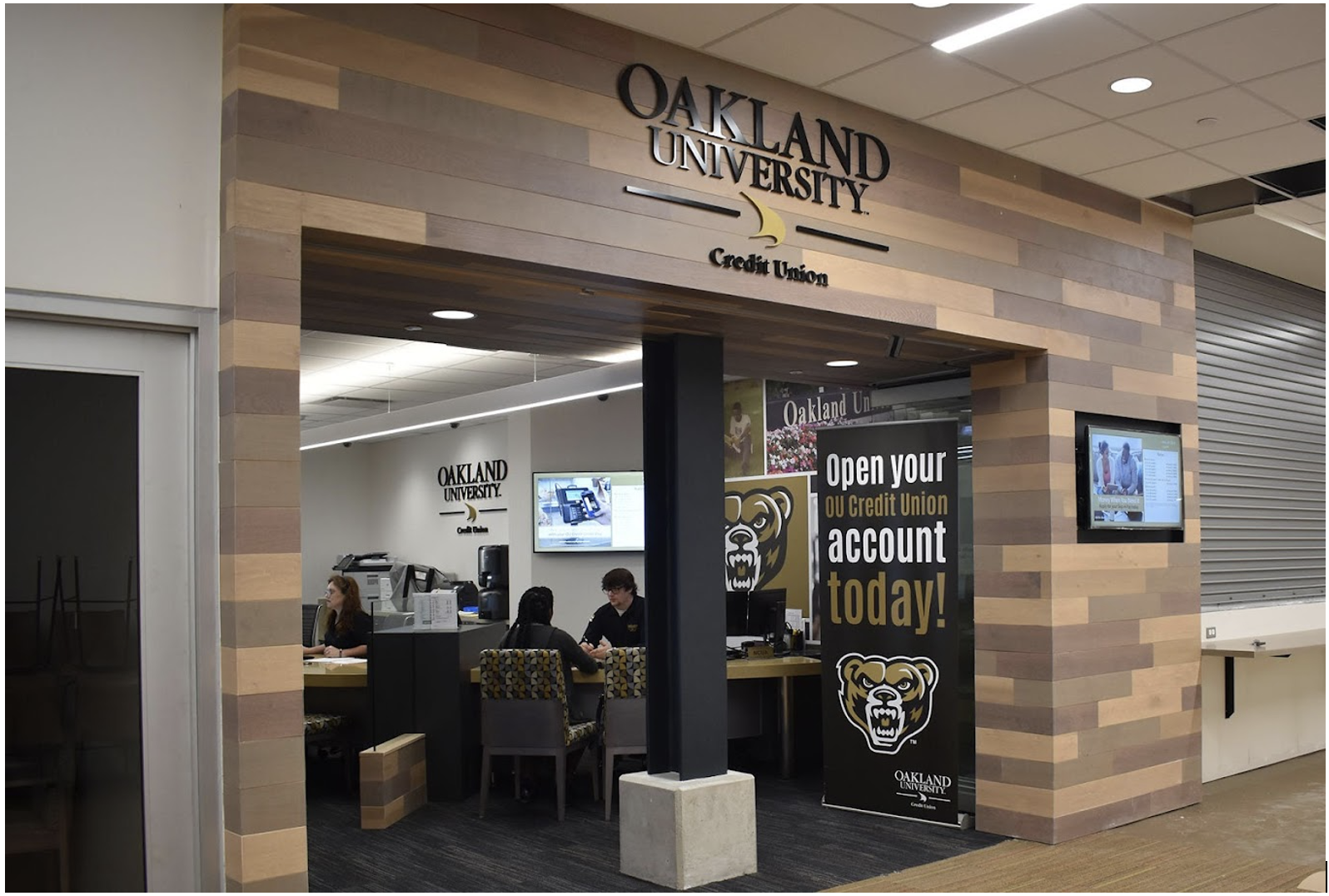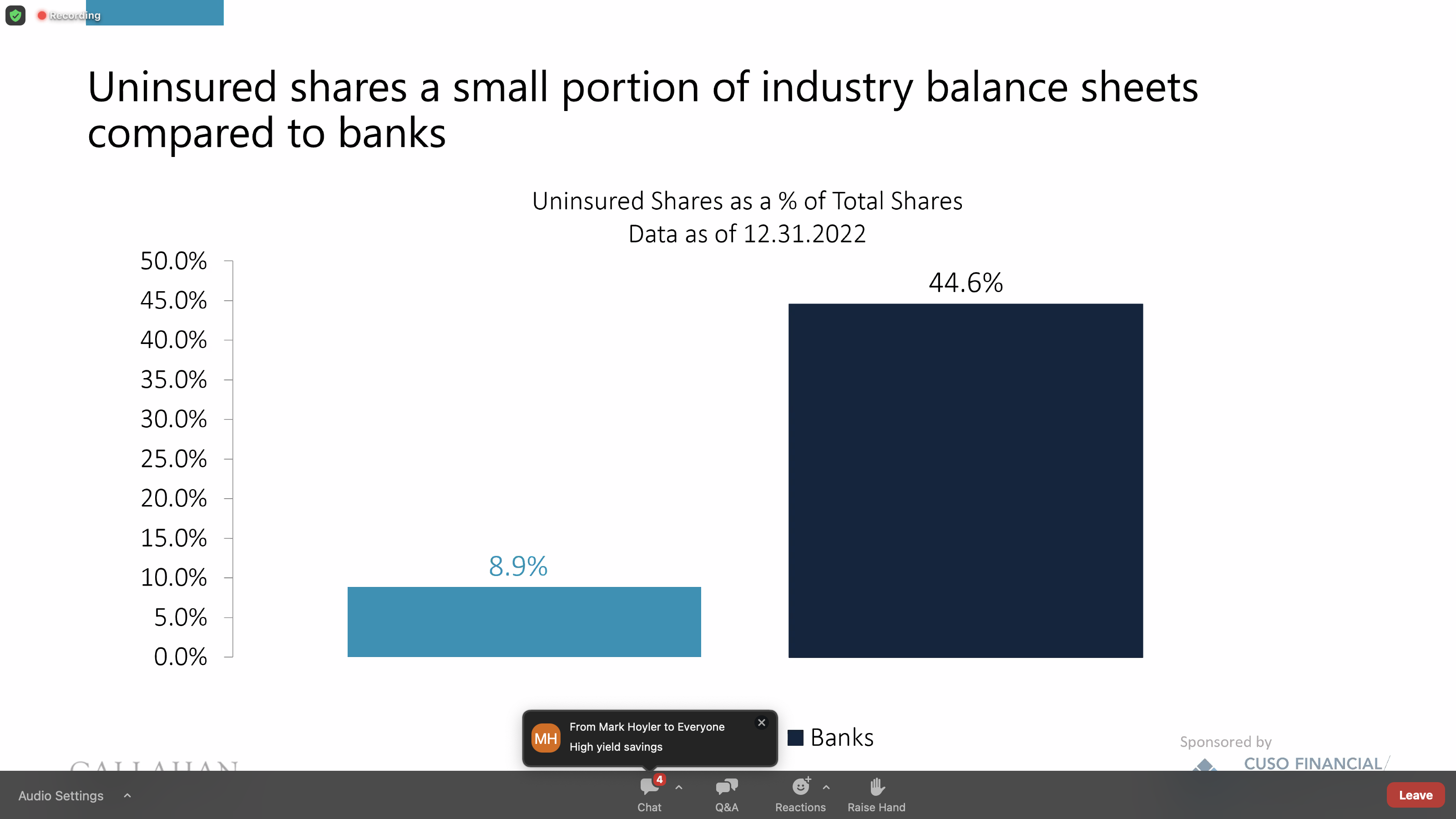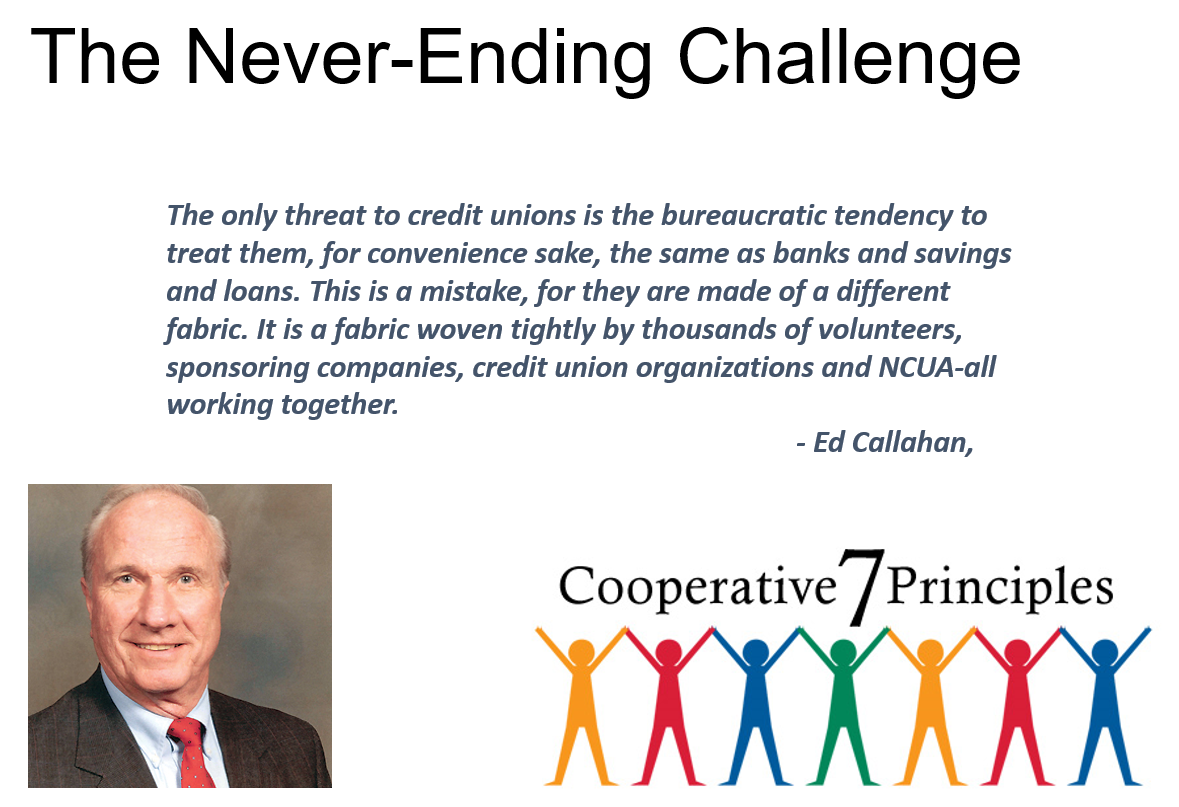Boy Scouts have a pledge. Couples exchange wedding vows. Deacons, elders and lay ministers all affirm belief before the laying on of hands and becoming church officers. Naturalized American citizens take an oath-even agreeing to bear arms.
These ceremonies signify individual commitment in a public setting for the people they serve or community they join. There are responsibilities in an oath, whether occasioned by election, by appointment or by personal choice.
Faithfully Discharge the Duties:NCUA’s Oath for Employees
All NCUA employees are required to take an oath upon accepting their positions.
This oath is administered by an NCUA employee, usually in the HR division, during new employee orientation on an employee’s first official day. Here is the text:
I, [state your name] do solemnly swear (or affirm) that I will support and defend the Constitution of the United States against all enemies, foreign and domestic; that I will bear true faith and allegiance to the same; that I take this obligation freely, without any mental reservation or purpose of evasion; and that I will well and faithfully discharge the duties of the office on which I am about to enter. So help me God. (emphasis added)
Duties, faithfully carried out. Faithful performance is itself one aspect of the standard liability bond for credit union coverage.
A State Example: OATH OF A CREDIT UNION DIRECTOR
Pursuant to Revised Code 1733.10, I, the undersigned director of NAME Credit Union, located in City, Ohio, do solemnly swear/affirm that I will diligently and honestly administer the duties of the office of director and that I will not knowingly violate, or permit to be violated, any law applicable to the Credit Union.
As a director, I have a legal responsibility and a fiduciary duty to credit union members to administer the Credit Union’s affairs faithfully and to oversee its management. In carrying out my duties and responsibilities, I shall exercise reasonable care and place the interests of the Credit Union before my own interests. I shall fulfill my duties of loyalty and care to the above named Credit Union.
I shall ensure that I learn of changes in statutes, regulations and policies of the Division of Financial Institutions and other applicable regulatory agencies affecting the Credit Union which affect my duties, responsibilities or obligations as a director and regulated person of the Credit Union.
I understand it is my responsibility to attend meetings of the Board of Directors and participate fully on all committees of the Board to which I am appointed. I understand it is my responsibility to review the examination reports of the supervisory authorities at the next succeeding board meeting after the receipt of the reports.
Signed and notarized by each director.
The Current Status of an FCU Oath
The following was the response when I asked NCUA if FCU directors were required to have an oath:
The answer is no. There isn’t a required oath of office for federal credit union boards of directors in the Federal Credit Union Act or Federal Credit Union Bylaws.
Our legal team reviewed the current bylaws, the previous version (Timeframe of the mid to late 1990s, with amendments), and even earlier versions of the Bylaws from the 1930s to 1940s. None of these documents require an oath of office.
Also, an oath of office is not something we track in regulatory reporting like the Call Report or Profiles. As such, I don’t have any information on which federal credit unions, if any, administer an oath of office.
While we don’t have specific rules on this topic, the NCUA has received and considered the question of an oath of office before. The attached 1985 NCUA legal opinion says an oath of office is allowed because it would not conflict with the Federal Credit Union Act or Bylaws for a federal credit union to require directors to take an oath of office.
Why An Oath is Desirable
Leadership of a credit union is a responsibility to members, the community and those who in generations past created the cooperative as an enduring organization to pass forward its legacy of wealth and service.
Sometimes the concept of a “volunteer” has connotations of a position that can be taken or left at will. Duty is voluntary. Anyone can step up. The responsibility is institutional and collective, not individual. Except for a number of state charters, directors are not paid, which is sometimes interpreted as an absence of individual accountability.
Cooperative board leadership now involves oversight of trillions of dollars member-owned assets. The directors’ roles are becoming more consequential for members and communities.
Moreover there are unique aspects in cooperative leadership:
- Awareness and implementation of cooperative principles;
- Recognition and respect for democratic member governance;
- Adherence to bylaws and numerous regulations specific to credit unions;
- The absence of any federal tax liability.
Moreover, the traditional director duties also still pertain including the standards of loyalty, care and the fiduciary obligation to act in good faith.
An Oath as Promise
An oath ideally in public at the annual meeting would be an act of honor and commitment. It signifies both responsibility and accountability even as volunteers.
Credit unions are a part of a society that at times has differences about the priorities of their leaders. Oaths remind all of our common obligations.
An oath is a promise. In the NCUA’s example it comes with a sacred commitment-so help me God. It would elevate the moral and communal character of cooperatives.
A person when taking an oath acknowledges the responsibility, not merely the public honor, of their role. The commitment is elevated beyond the routine director tasks of attendance and oversight.
All oaths remind us of who we are and what we want to be.
They show a solemn undertaking with commitments to the past and future, not just today’s agenda. It is another way to show how the cooperative model stands apart from for-profits.







